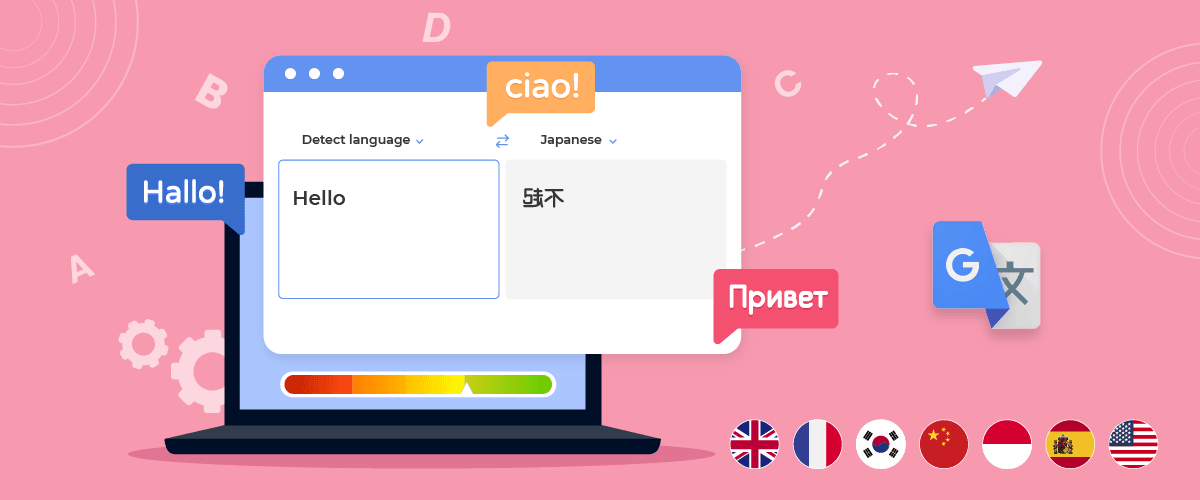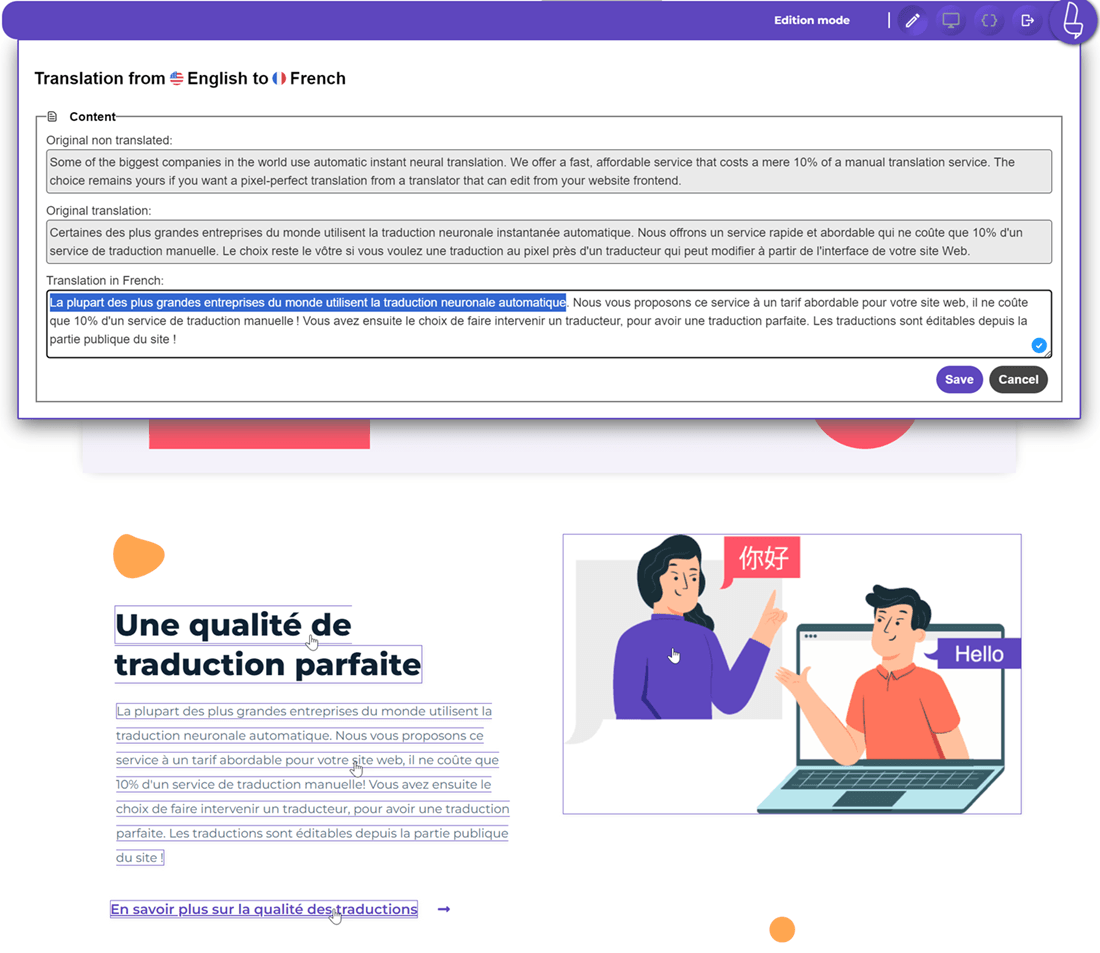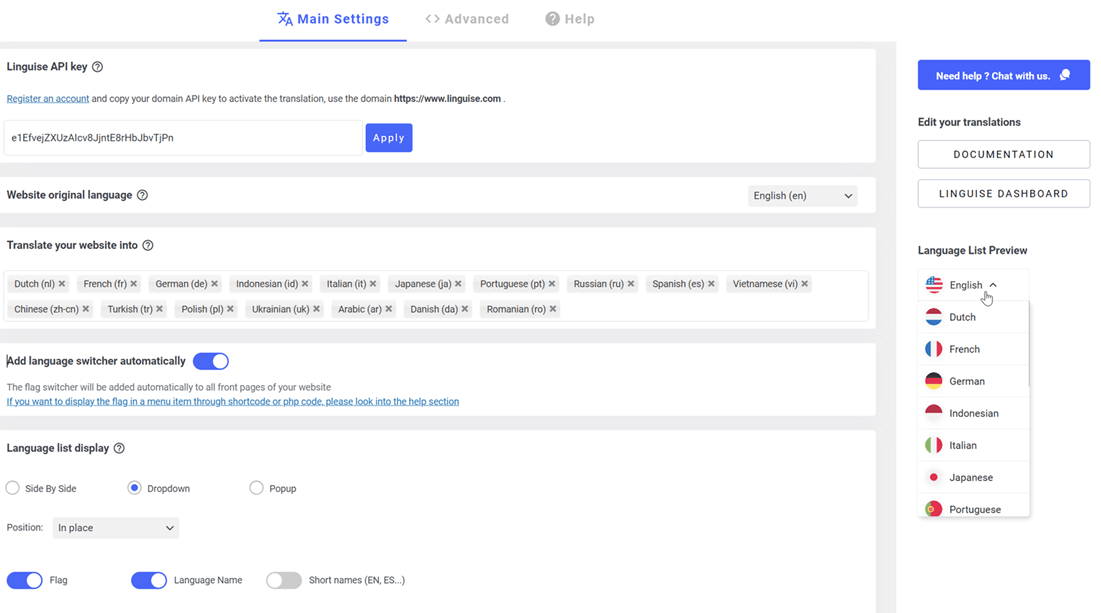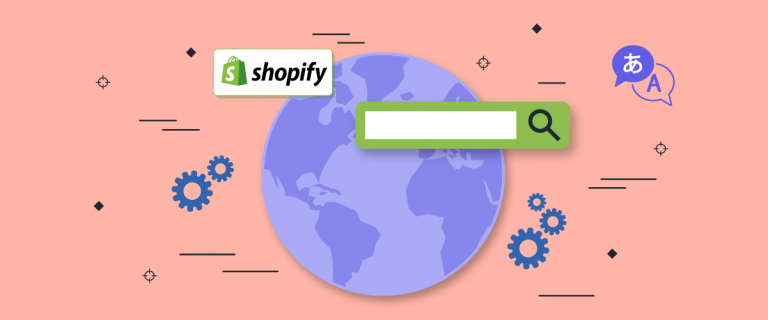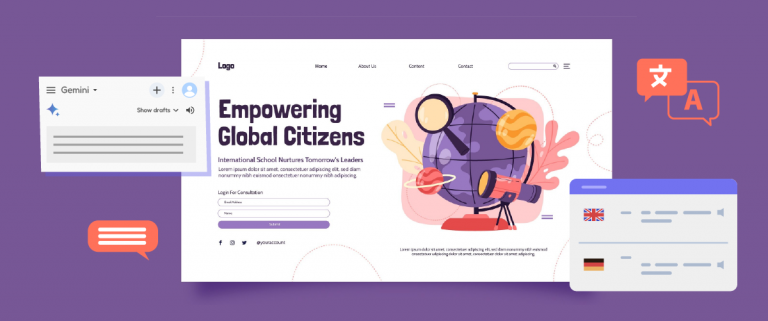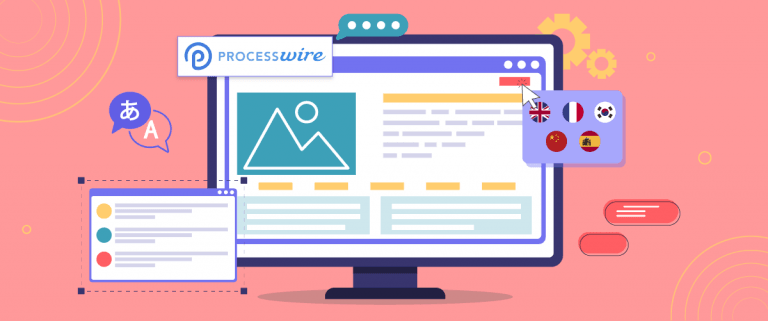Are you wondering if Google Translate is reliable enough for your business needs? This is a common question among professionals looking for quick translation solutions.
Google Translate impresses with its accuracy, often hitting the mark over 94%.
It stands out among other translation tools, especially in handling multiple language combinations. However, it is not without its faults. While it excels for most tasks, there are some instances where other translation services might outperform its accuracy. We’ll go deeper and reveal more about its pros and cons!
Understanding how Google Translate works

Google Translate is a machine translation tool developed by Google. Machine translation is a technology that automatically uses algorithms and artificial intelligence to translate text from one language to another. Google Translate utilizes neural networks, a type of artificial intelligence technology inspired by the human brain.
Before 2016, Google Translate used statistical machine translation, which relied on word-for-word translations and often produced inaccurate results for complex sentences. However, in 2016, Google introduced its own framework called Google Neural Machine Translation (GNMT). GNMT revolutionized the translation process by analyzing the meaning of entire sentences rather than individual words. This approach allowed Google Translate to produce more accurate and natural-sounding translations.
Neural networks play a crucial role in GNMT. These networks are trained on large datasets, including the Europarl Corpus, which consists of translated documents from European Parliament procedures. By learning from human translations and digital resources, the neural networks can identify patterns and context to generate accurate translations.
The evolution of Google Translate: Pre-2016
Before the introduction of GNMT in 2016, Google Translate used statistical machine translation. This approach involved translating text word-by-word, often leading to inaccurate translations for longer and more complex sentences. Google Translate relied on language pairs consisting of a source language and a target language to perform the translations.
For example, if a user wanted to translate a sentence from English to French, Google Translate would first translate the English sentence into an intermediate language, such as Spanish, before translating it into French. This two-step process resulted in less accurate translations and limited Google Translate’s effectiveness.
Furthermore, statistical machine translation relied heavily on the availability of translated documents for specific language pairs. As a result, languages with fewer available translations had lower translation accuracy rates.
Post-2016 changes to Google Translate
In 2016, Google introduced GNMT, a new framework for Google Translate that utilized neural machine translation. This marked a significant improvement in the accuracy and quality of translations. GNMT uses deep learning techniques to analyze the meaning of entire sentences rather than translating word-by-word.
Deep learning is a subset of machine learning that uses artificial neural networks to process and analyze data. By examining the context and meaning of sentences, GNMT can generate more accurate translations, even for complex and colloquial expressions.
The introduction of GNMT resulted in a significant improvement in Google Translate’s accuracy rates. Studies have shown that GNMT reduced translation errors by 55%- 85% across major language pairs. It also eliminated the need for English as an intermediate language, allowing for more direct translations between source and target languages. This led to faster and more precise translations.
Is Google Translate accurate?
When assessing Google Translate’s accuracy, it is essential to consider the specific language pairs being translated. While Google Translate generally provides accurate translations, accuracy rates may vary depending on the languages involved.
Research studies have shown that Google Translate can achieve high accuracy rates for popular languages such as Spanish, often exceeding 90%. However, accuracy rates may vary for less commonly spoken languages. It is also worth noting that Google Translate’s accuracy is most reliable when translating literary text into English. Translating informal phrases or colloquial expressions may result in lower accuracy rates.
Insights from relevant studies
Several studies have evaluated Google Translate’s accuracy across different language pairs. One study conducted by UCLA Medical Center found that Google Translate preserved the overall meaning for 82.5% of translations. The accuracy rates varied between languages, ranging from 55% to 94%. Spanish, one of the most popular languages, achieved an accuracy rate of over 90%.
Another study examined Google Translate’s accuracy for complex medical phrases. The study found that Google Translate had an accuracy rate of only 57.7% for translating these phrases. However, it is worth noting that Google Translate’s accuracy rates have significantly improved since the introduction of GNMT.
The table below summarizes the accuracy rates of Google Translate for various European languages:
Language | Accuracy Rate |
Spanish | >90% |
French | 80%-90% |
German | 80%-90% |
Italian | 80%-90% |
Portuguese | 70%-80% |
Dutch | 70%-80% |
Swedish | 70%-80% |
Norwegian | 60%-70% |
Danish | 60%-70% |
Finnish | 60%-70% |
Czech | 50%-60% |
Polish | 50%-60% |
Hungarian | 50%-60% |
These studies highlight the overall high accuracy of Google Translate for European languages, with Spanish consistently achieving very high accuracy rates.
Everyday practical usage of Google Translate
Google Translate offers practical usage in various everyday scenarios. Its mobile app allows users to quickly translate text on the go, making it convenient for travel and communication in foreign countries. Additionally, Google Translate can be integrated into web browsers, enabling automatic translation of web pages.
While Google Translate is generally accurate, it may struggle with translating colloquial expressions and informal phrases. This is due to the complexity of capturing such language’s nuances and cultural context. However, Google Translate can be a reliable tool for basic translations and non-specialized text. It can help readers understand the overall meaning of a text and provide a general sense of its content. It is recommended to consult professional human translators for critical or formal translations to ensure accuracy and precision.
When to opt for Google Translate?

Google Translate is a useful tool for quick, simple translations of words or short sentences. However, it is recommended to seek professional human translation services for tasks requiring greater accuracy and attention to detail.
Consider the following conditions when Google Translate is particularly useful:
- Quick and basic needs: Google Translate excels when you need a swift translation of simple words or short sentences. It’s the go-to for everyday use where precision isn’t the top priority. Ideal for casual conversations, understanding basic instructions, or quick translations of non-critical content.
- Limitations for detailed content: For content where every word matters—like legal documents, detailed technical manuals, or any material where nuances and specific terminology are crucial—Google Translate might not suffice. In such cases, the nuances of language, including idiomatic expressions and cultural references, require a human touch to ensure accuracy and appropriateness.
Considering this situations where Google translate may not suitable for you:
- Translating context- expressions: Everyday sayings and idioms often carry meanings beyond their literal translations. These expressions require a grasp of the cultural and contextual underpinnings that Google Translate might not capture, leading to translations that might miss the mark or misinterpret the intended message.
- Overcoming grammar and syntax: Languages vary widely in their grammatical structures and syntax. Translating content between languages with significant differences, such as Spanish to Korean, give a challenge for Google Translate.
- Identifying sarcasm and translated slang: Sarcasm and irony are complex linguistic devices that rely heavily on tone and context for interpretation. Google Translate’s algorithmic nature often fails to detect these subtleties, potentially leading to translations that take sarcastic or slang statements.
Is Google Translate enough?
Relying on Google Translate may not be enough to meet the needs of a multilingual website, especially in a business or professional context. Nearly 73% of customers prefer to buy products from sites in their language. This data highlights the importance of providing relevant and localized content to create a more personalized experience for global customers.
Net Media Planet also mentioned that their clients, on average, experience a 20% increase in conversions by translating landing pages and ads into local languages, and up to 70% if the site is fully localized. They also emphasize that using Google Translate is better than not translating.
However, he admits this automatic translation is imperfect, especially for business purposes. Google Translate does not support automatic multilingual SEO optimization, making maximising website visibility in multiple languages challenging. In addition, the translation process through Google Translate is inefficient because website owners have to manually copy and paste the content they want to translate, making it less effective for large-scale content management. In addition, in a business context, many technical terms or industry jargon are complex for Google Translate to handle. This leads to translations that are not up to professional standards, so assistance from external translators is needed to optimize quality.
With these limitations, the best results require combining the power of machine translation with human editing.
Comparing Google Translate with other translation tools

When it comes to translation tools, Google Translate is often the first choice for quick translations. However, other tools such as DeepL, Amazon Translate, and Microsoft Translator provide unique benefits tailored to specific needs. Meanwhile, OpenAI’s ChatGPT offers a different approach by focusing on conversational AI rather than pure translation.
Google Translate excels in accessibility and broad language support, while DeepL stands out in context-sensitive and natural-sounding translation. AI translation technologies such as ChatGPT add another layer with their ability to process complex ideas and offer human-like conversational interaction.
Regarding accuracy, ChatGPT-4, as of July 2024, achieved 88.7% accuracy based on the MMLU benchmark, which evaluates performance across tasks, including translation. Even so, ChatGPT’s AI translation still has some shortcomings. That’s why other translation AIs like Linguise could be the right breakthrough. Linguise targets website optimization with multilingual SEO features and dynamic content translation.
Here is the comparison table of Google Translate, machine translation in general, and AI translation technology like Linguise.
Aspects | Google Translate | Machine translation (in general) | Linguise AI translation |
Number of languages | Supports over 100 languages | Varies, typically 30-100+ languages | >80 languages (including traditional and international languages) |
Main focus | Quick translation for individuals | Translation tailored to specific requirements | Multilingual website optimization and SEO |
Translation accuracy | Up to 94% | Varies depending on the service (some are better than Google Translate) | Up to 97% of human translation |
Translation editing | Limited editing via glossaries or custom developer tools (Google Cloud Translation API) | Rarely includes user-friendly editing interfaces unless paired with CAT tools | Provides a front-end live editor translation directly on the website |
Website integration | Can be integrated via manual API setup | Depends on the platform and technical needs | Provide automatic plugin for CMS (e.g., WordPress), integrated with web builder and other PHP CMS. |
SEO features | Not optimized for SEO | Not all services support SEO | SEO-friendly translations (URLs, hreflang, multilingual sitemap, etc.) |
Customization | No custom language switcher; fixed UI | Some tools offer limited customization | Customizable language switcher for websites |
Ease of use | Requires manual configuration for API integration | Varies by the service provider | Easy, quick setup with a simple plugin |
Media translation | Cannot directly translate image URLs or dynamic content (translation applies to text only). | Varies; depends on the implementation | Can translate URLs on images and dynamic content for websites |
Pricing | It’s free, but to get Google Translate API, the price starts from $20 for every one million characters translated. | Some are available as free trials and subscriptions according to plans | Available for the 1-month free trial and start from $15 /month for the subscription |
Combine machine and human translation for best result!
As the comparison table above shows, Google Translate alone is not enough – the most effective translation approach is to combine machine translation and human editing. Machine translation has improved significantly with the introduction of neural machine translation (NMT), but human translators use their language expertise and proficiency to fine-tune and improve machine-generated translations. They take into account the cultural context and intended meaning, which the machine may overlook.
Google Translate is the best choice for manual translations and everyday conversations. However, for website translation, Linguise is a superior choice, as it automatically detects and translates your website with high-quality results.
At Linguise, we use Google’s best-in-class AI translation to ensure you receive the most accurate translation for your content. This model is constantly updated, providing our clients with the latest translation accuracy in multiple languages.
A front-end live editor for on-the-spot adjustments.
Beyond automatic translation, Linguise’s front-end live editing tool enables direct modification of translation outcomes on the website’s front page. This functionality is easily accessible through the Linguise dashboard.
Admin dashboard with easy setting - no coding required!
Linguise is a user-friendly tool that can be easily used by individuals and businesses. It doesn’t matter if you’re new to website management or an experienced webmaster, integrating Linguise into your website is a straightforward process. The best part is that you can easily add a human translator to your website and have access to advanced features such as exclude and ignore rules, which make translation management easier.
Conclusion
Now you know how accurate Google Translate is. Choosing the right translation tool depends on your specific needs and the nature of your website. While Google Translate and general machine translation solutions are widely accessible and adequate for basic translations, they lack advanced customization and dynamic content handling.
For businesses looking to provide a seamless and localized user experience, Linguise provides a comprehensive solution that goes beyond traditional translation. By understanding these differences, you can choose a tool that not only meets your translation needs, but also improves your website’s overall functionality and user experience.

